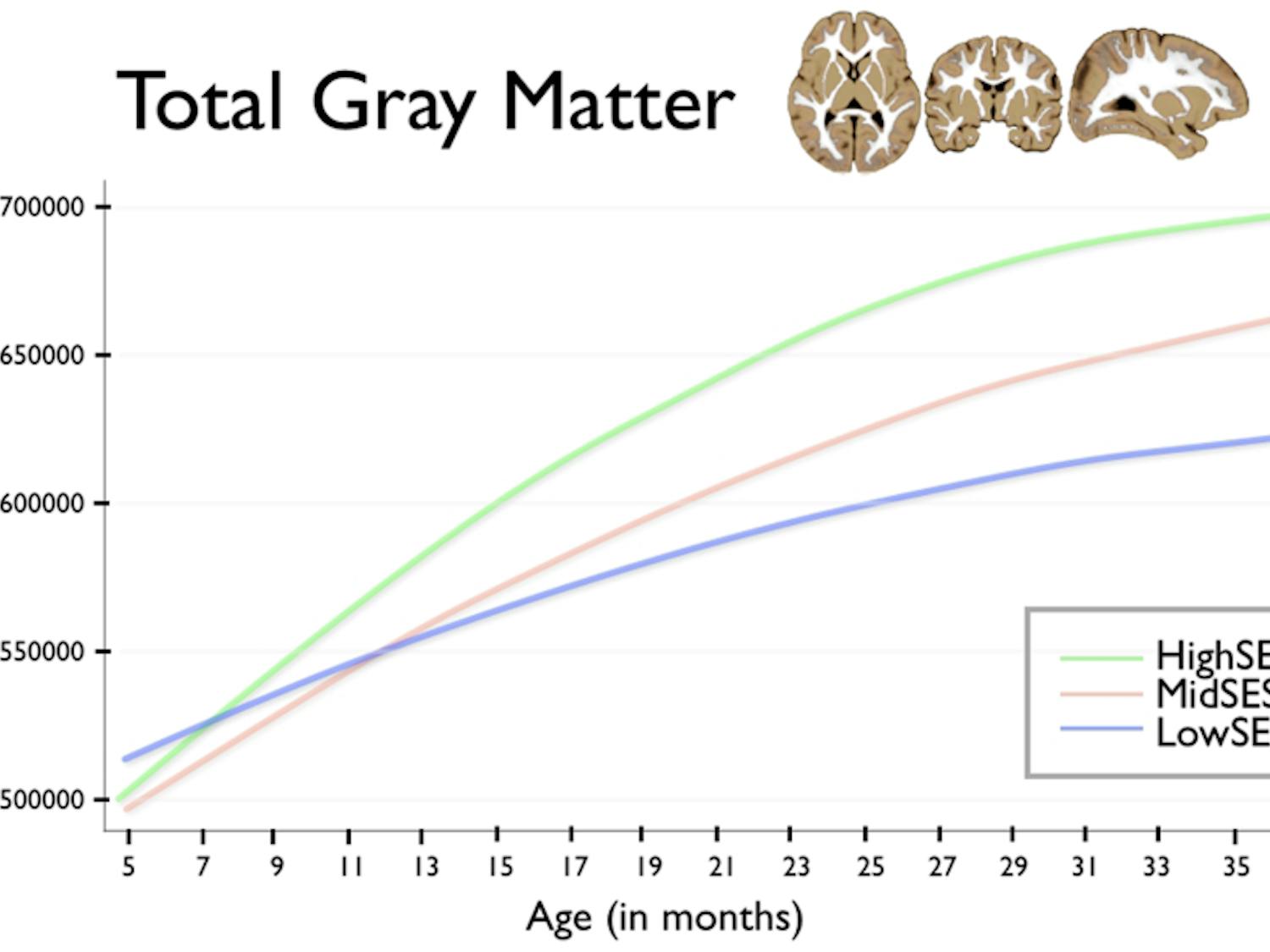Campus lab fosters innovative technology
By Rachel Wanat | May. 29, 2014A group of University of Wisconsin-Madison students were awarded this month for their efforts to perfect the system by which patients take medication—a prototype for a product called Medcuff.













